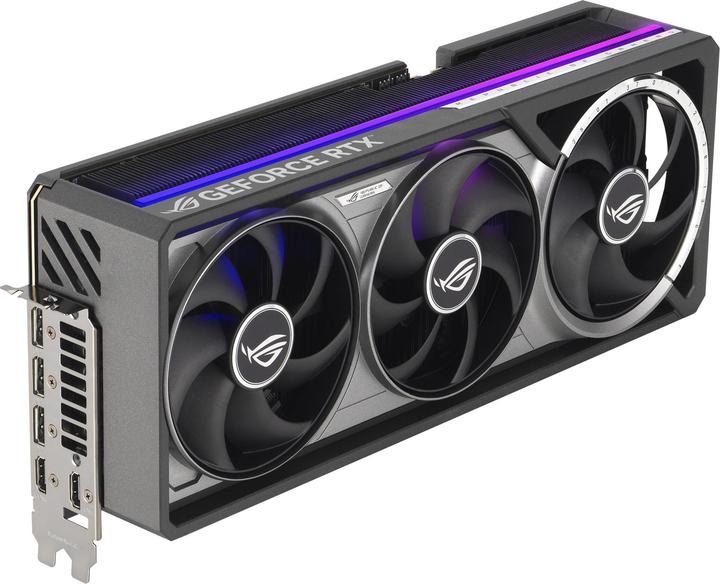

Modern graphics cards are way too hungry for performance – just look at inertia sensors
Using the Equipment Installation Check feature for ROG Astral graphics cards, you can check whether your GPU is installed correctly. This is made possible by a built-in inertia measurement unit. Sounds sensible, right? Well, it’s actually a symptom of a larger problem with graphics cards.
Modern graphics cards are real monsters. The ROG Astral RTX 5090, for example, weighs around three kilogrammes and measures just under 36 centimetres. On top of that, its massive heat sink blows it up to almost eight centimetres wide. A giant like this one has to be perfectly secured in a PC. One small screw at the back of the I/O slot won’t be enough, otherwise the card will bend, damaging it and destroying the PCI slot. Given this, the latter port is usually reinforced and manufacturers supply brackets to additionally stabilise their graphics cards.
But even that is no longer enough in every case. It’s why Asus has built an inertia sensor into its Astral cards, something that’s also used in smartphones and sports watches. It uses the Equipment Installation Check software feature to tell you whether the card is still installed correctly. Asus added this option at the start of April, which is why hardly anyone mentioned it when the cards launched.
It’s a useful feature in a vacuum, but why is it even necessary? Easy: modern, power-hungry graphics cards are to blame. The 575 watts produced by the RTX 5090 can’t be dissipated with just a puny fan and heat sink. This isn’t eleven years ago, when we had things like the GTX 980 with a thermal power loss of 165 watts. These days, the Astral RTX 5090, for example, needs four fans. As a result, cards are getting bigger and heavier. Not only that, they’re becoming ever more expensive due to the components used.
After all, the inertia sensor contributes to the increase in price and weight as well. True, you can buy the Bosch Sensortec BMI323 used in the card for just under three francs, and it only weighs a few grammes. In the end, however, the sum of all components makes up the price and the weight.
And the problem will only get worse in the future. Over the last ten years, a substantial increase in performance could only be achieved by increasing power consumption – in other words, by brute force. And in the end, leaps in performance between graphics card generations have only become smaller in recent years. Of course, Nvidia and AMD also realise that things can’t go on like this.
One alternative that both have been pushing in recent years is AI-based upscaling technologies such as DLSS and FSR. However, these also demand performance from the dedicated AI cores in GPUs. Another possibility would be for AMD and Nvidia to take more time to develop new, more efficient graphics accelerators going forward. However, this is still hard to justify. Games these days require ever more powerful graphics cards – gamers are demanding ever more detailed worlds in as little time as possible.
It’s a vicious cycle fuelled on all sides. We as consumers want more and more, game studios are trying to fulfil this desire, and GPU developers and manufacturers want to offer a suitable solution. It’s obvious – we need a solution. Otherwise, graphics cards won’t fit into cases in a few years.

From big data to big brother, Cyborgs to Sci-Fi. All aspects of technology and society fascinate me.
Interesting facts about products, behind-the-scenes looks at manufacturers and deep-dives on interesting people.
Show all

